
Designing Puzzles and Traps in D&D: A Step-by-Step Guide for Dungeon Masters

Updated on: 2025-12-12
Puzzles and traps can turn a standard dungeon crawl into a memorable adventure filled with suspense, clever thinking, and team problem-solving. When designed well, they challenge not just character stats but player creativity and collaboration.
In this step-by-step guide, we’ll show Dungeon Masters how to create engaging puzzles and traps for their Dungeons & Dragons games, making them more than just time-wasters or hit point drains.
Why Use Puzzles and Traps in D&D?
Well-designed puzzles and traps:
-
Encourage teamwork and critical thinking
-
Break up combat-heavy sessions with variety
-
Enhance the setting and lore of a dungeon
-
Create memorable moments of surprise and satisfaction
They work best when they serve a purpose beyond slowing the party down.
Step 1: Define the Purpose of the Puzzle or Trap
Ask yourself:
-
What role does this puzzle or trap play?
-
Is it guarding treasure? Hiding lore? Delaying intruders?
-
What story or tone should it reflect?
Example Purposes:
-
Protecting a tomb of a forgotten king (puzzle)
-
Punishing greed in a cursed vault (trap)
-
Testing wisdom to proceed into a sacred shrine (riddle)
When a challenge ties into the story or setting, it feels more meaningful.
Step 2: Choose the Puzzle or Trap Type
Common Puzzle Types:
-
Riddles – Wordplay that hints at a specific solution
-
Sequence Solving – Players must activate items in the correct order
-
Pattern Recognition – Visual or logic-based identification
-
Tactile/Physical – Levers, tiles, statues, or items that must be physically manipulated
-
Magic-Based – Arcane puzzles using spell effects or magical interactions
Common Trap Types:
-
Mechanical – Pressure plates, tripwires, dart walls, collapsing floors
-
Magical – Glyphs of Warding, cursed objects, illusion-based triggers
-
Environmental – Falling rocks, acid pits, poisonous gas, wild magic zones
Choose based on the environment and desired tone (ancient temple vs wizard’s lab).
Step 3: Design the Trigger, Effect, and Clues
For traps especially, think in three parts:
-
Trigger – What sets it off? (Stepping on a tile, picking a lock, touching a relic)
-
Effect – What happens? (Spike trap, magical burst, alarm)
-
Clue – What hints can players find before triggering it?
Example Trap:
-
Trigger: Pressure plate hidden under a loose flagstone
-
Effect: Fires darts from wall-mounted skulls (2d6 poison damage)
-
Clue: Scratches on floor and tiny holes in the walls
This makes trap detection and disarming more than just rolling Perception.
Step 4: Integrate Player Skills and Party Strengths
Let players use their character abilities in creative ways.
Examples:
-
Rogues use Investigation and Thieves’ Tools to study mechanisms
-
Wizards cast Detect Magic or Mage Hand to interact safely
-
Clerics call on divine guidance for riddles tied to religion
-
Bards might use lore knowledge or performance for musical puzzles
Avoid “one solution only” designs. Allow multiple approaches.
Step 5: Scale the Challenge to Party Level
Low-Level Challenges:
-
Simple mechanical traps with minor damage
-
Riddles with clear hints
-
Single-stage puzzles
Mid-Level Challenges:
-
Multi-room puzzles
-
Magical traps with area effects
-
Pressure to solve puzzles before reinforcements arrive
High-Level Challenges:
-
Puzzles requiring spellcasting, planar knowledge, or meta-clues
-
Traps with escalating effects or multiple components
-
Time-limited solutions under duress
Use failure as tension, not punishment. For example, trigger a lesser trap, reveal a clue, or split the party.
Step 6: Build in Consequences and Rewards
Great dungeon challenges matter. What happens when the party succeeds, or fails?
Ideas:
-
Solving puzzle unlocks a hidden passage or reveals forgotten lore
-
Disarming trap earns NPC trust or avoids alerting enemies
-
Failure triggers a magical curse or initiates a timed escape
Avoid flat “you lose HP” results unless paired with story or escalation.
Step 7: Encourage Player Creativity and Teamwork
The best puzzles and traps:
-
Invite discussion among players
-
Offer multiple clues from different angles (visual, verbal, magical)
-
Encourage combining abilities
Example:
A door has five elemental symbols. Players realize they must use matching cantrips (Fire Bolt, Gust, etc.) in the right order. The fighter provides cover while the caster channels each spell.
Teamwork builds immersion and lets every player shine.
Sample Puzzle: The Mirror Room
Setup:
Players enter a room with six tall mirrors. One is cracked. A stone pedestal holds a glowing orb. A riddle is carved nearby:
“To face thy truth, find what lies not.”
Mechanics:
-
Each mirror reflects something different—except one that shows nothing.
-
The orb must be placed before the false mirror to open the next chamber.
-
Touching the wrong mirror triggers a magical backlash (force damage or fear spell).
Design Notes:
-
Use Investigation or Arcana checks to identify illusion magic
-
Add a second riddle if players are stuck
-
Reward: opens path to secret vault
Sample Trap: The Greed Vault
Setup:
A treasure room with a glowing golden idol at the far end. When players cross the threshold...
Trap Mechanics:
-
Trigger: Removing the idol from its pedestal
-
Effect: Seals the door and fills the room with water (or sand)
-
Escape: Players must place a weight of equal value or solve a timed lever puzzle
Design Notes:
-
Offer clues: pedestal has an inscription about “balance”
-
High-pressure but solvable with smart thinking or magic
Bonus Tools and Aids for DMs
-
Trap Trigger Table: Roll 1d6 for trigger type (pressure, arcane symbol, false object, etc.)
-
Puzzle Creation Prompts:
-
What senses does this puzzle engage?
-
Can it be solved multiple ways?
-
How does it connect to the dungeon’s theme?
-
-
Visual Maps: Sketch trap placement on room grids for reference
-
Condition Trackers: Use cards or tokens to show effects like poison, fear, or blindness
Final Tips for Success
-
Don’t make puzzles a roadblock. Let players feel clever, not confused.
-
Add flavor text and visuals. Describe how gears grind or how a statue’s eyes glow.
-
Playtest puzzles on friends or test runs to check clarity.
If players seem frustrated, offer clues through NPCs, spells, or environmental details.
Conclusion: Design with Purpose, Puzzle with Flair
Well-crafted D&D puzzles and traps aren’t just filler, they’re story-driven encounters that challenge minds, reward cleverness, and breathe life into ancient halls and cursed vaults.
Your DM Challenge: Create one original puzzle or trap using the steps above. Add it to your next dungeon session and watch how your players respond. Will they outsmart the riddles? Will they fall into the sand pit? Either way, you’ve made your dungeon unforgettable.
If you’re looking for dice that feel just as unique as the challenges you design, take a look at our curated D&D dice sets at Runic Dice. Crafted for storytellers, built for suspense.



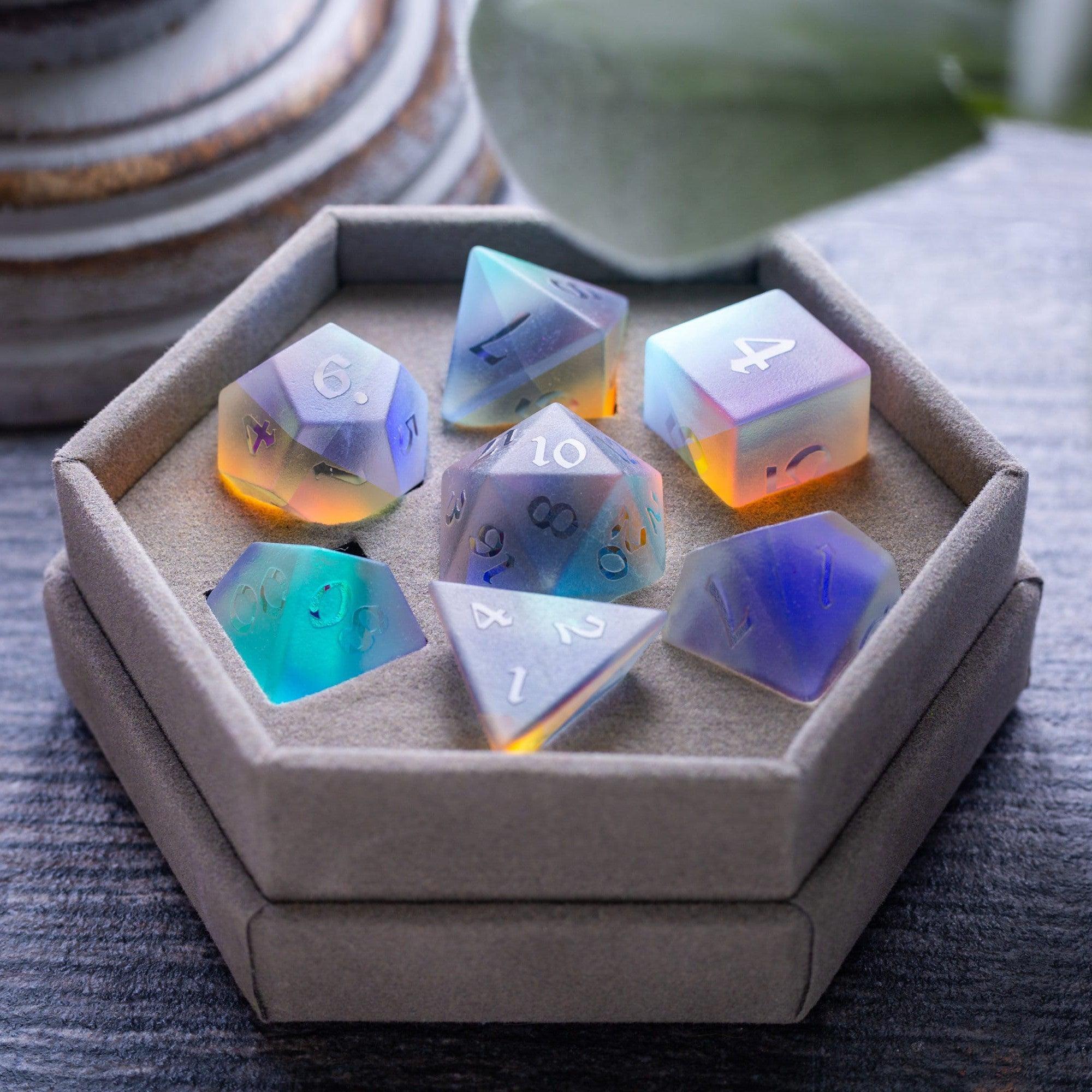
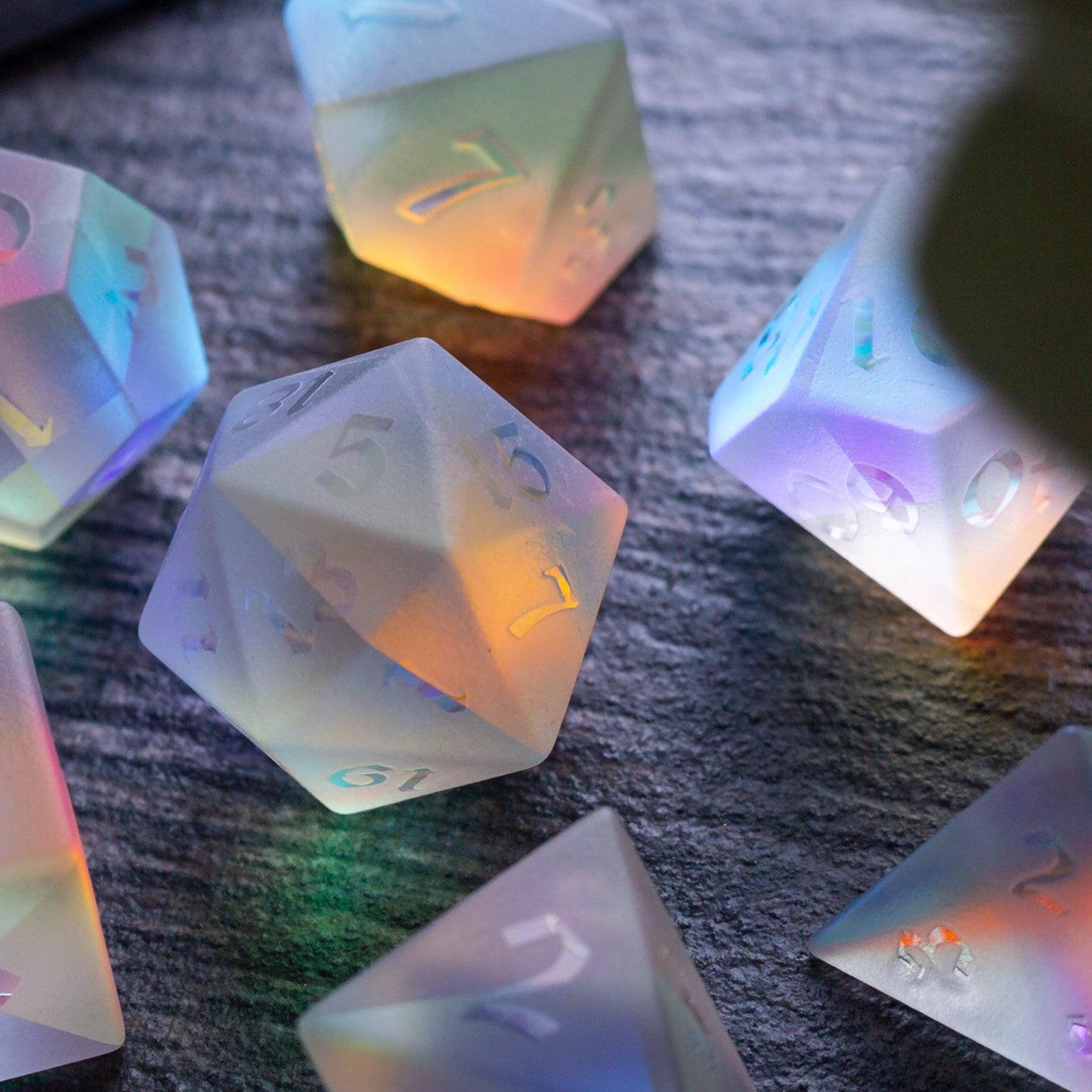
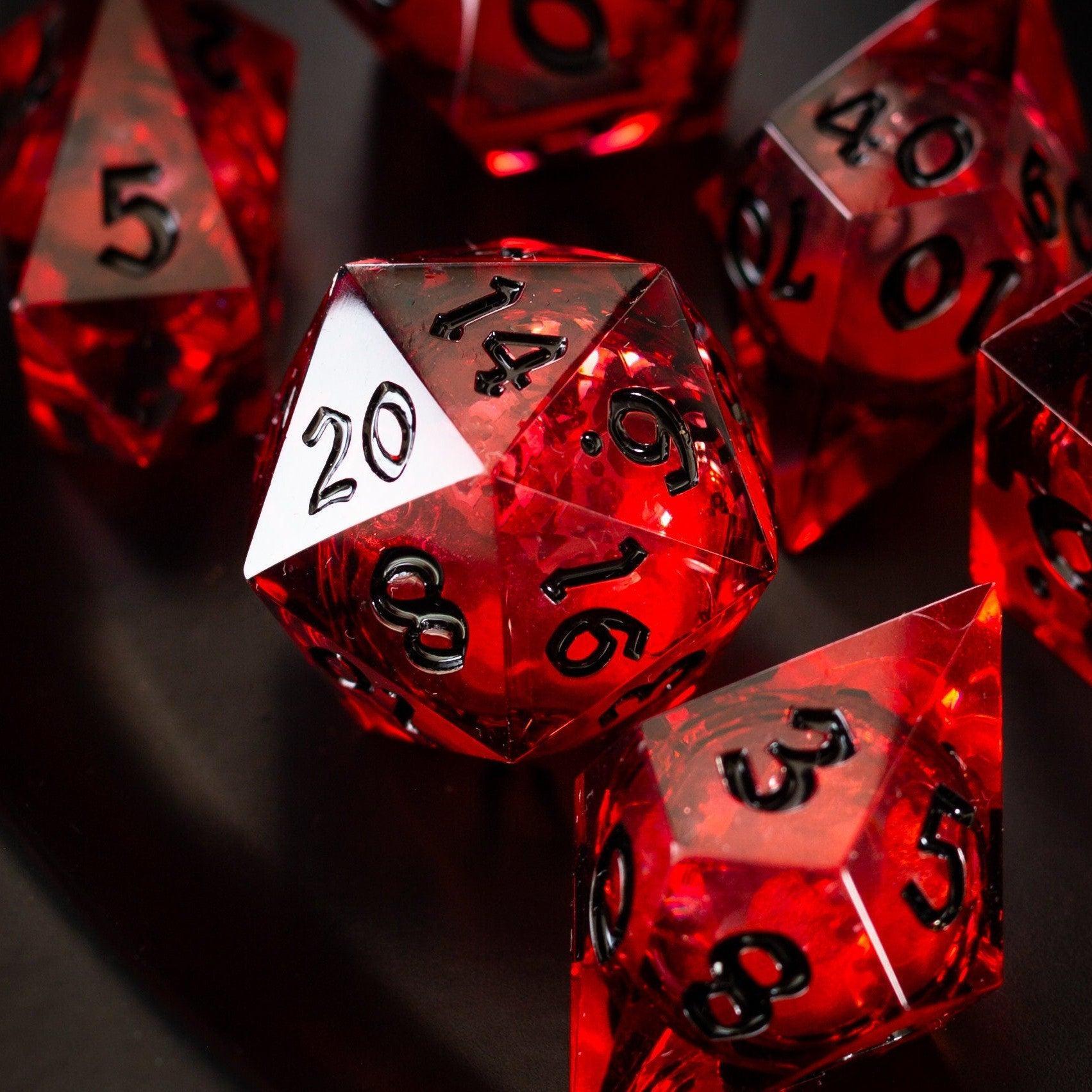
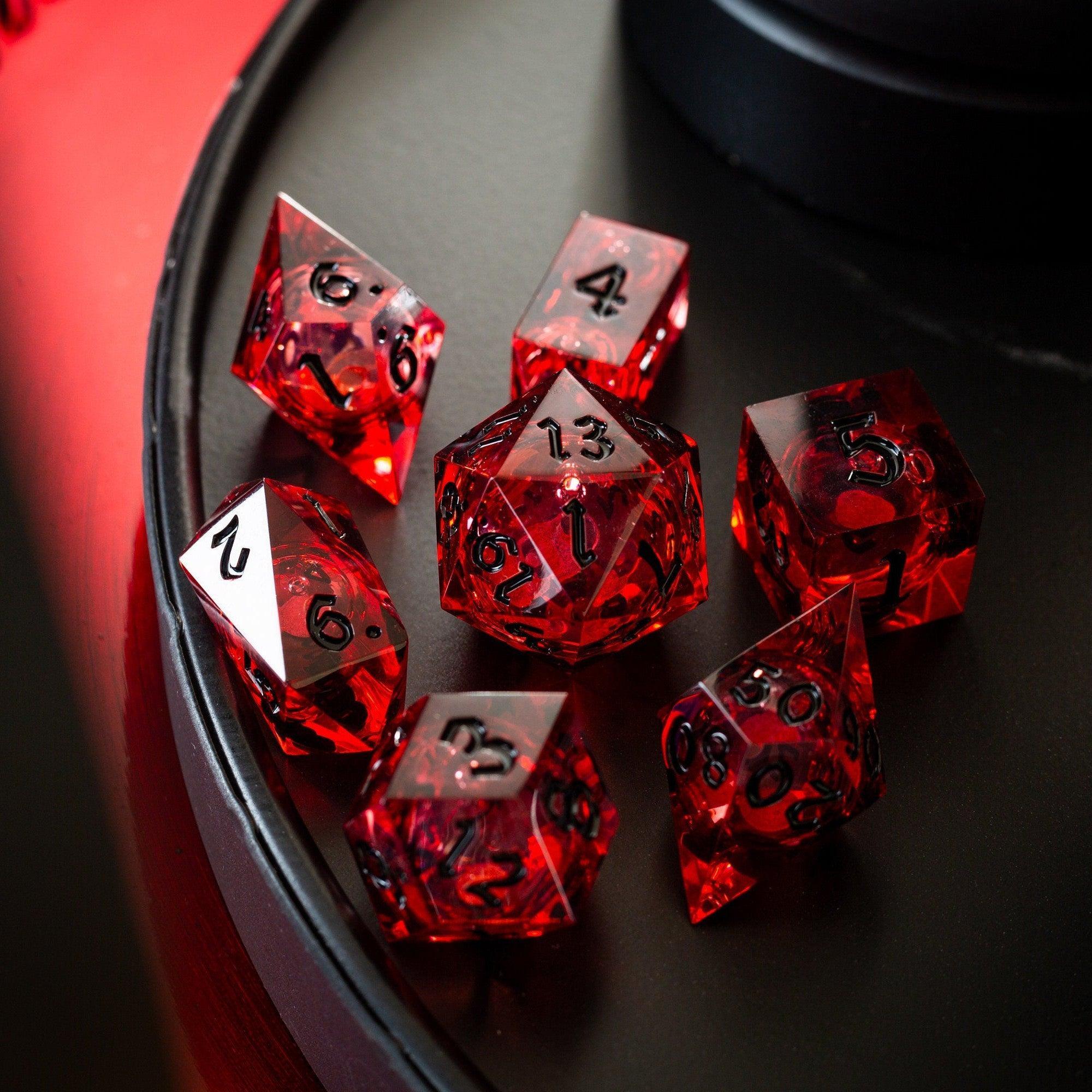
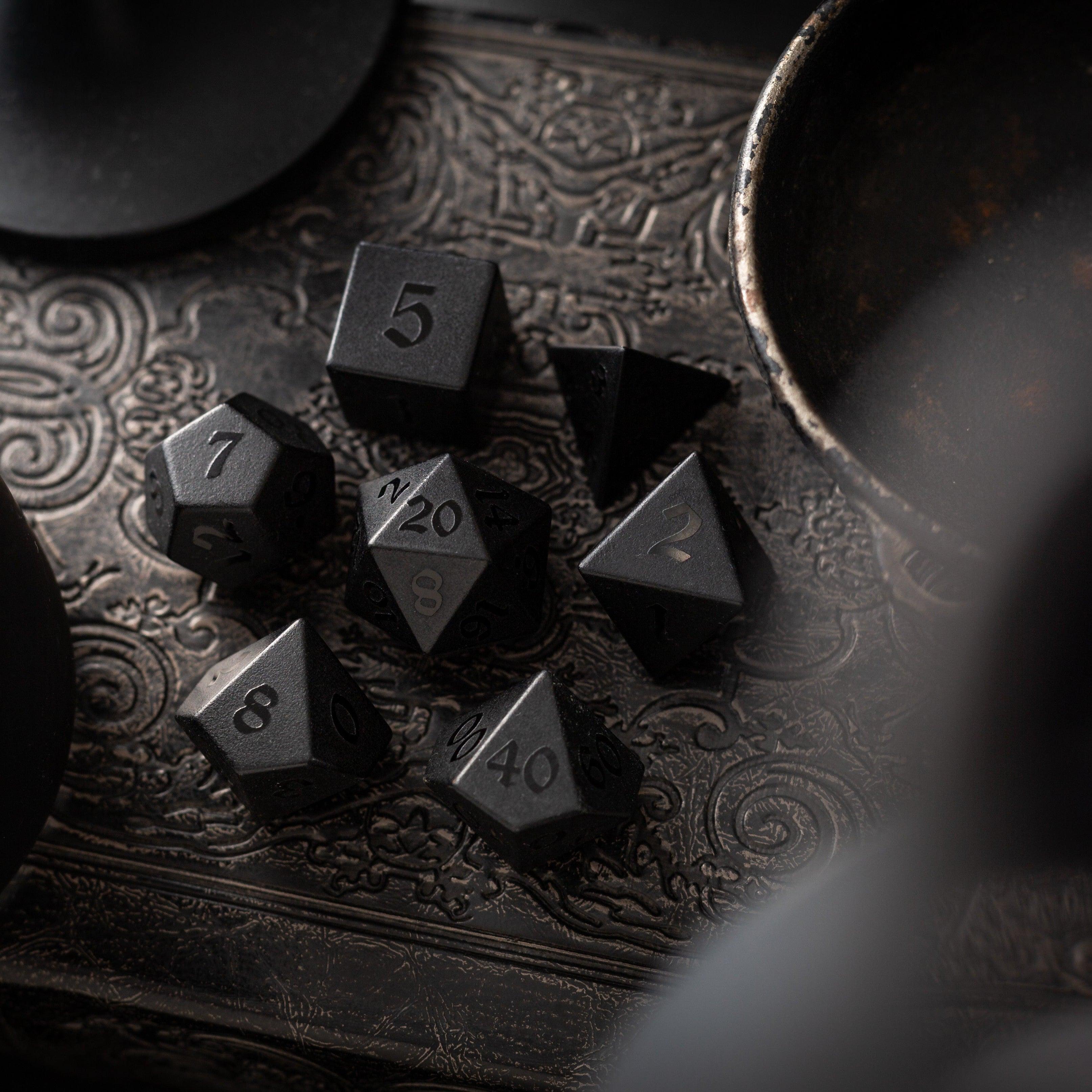
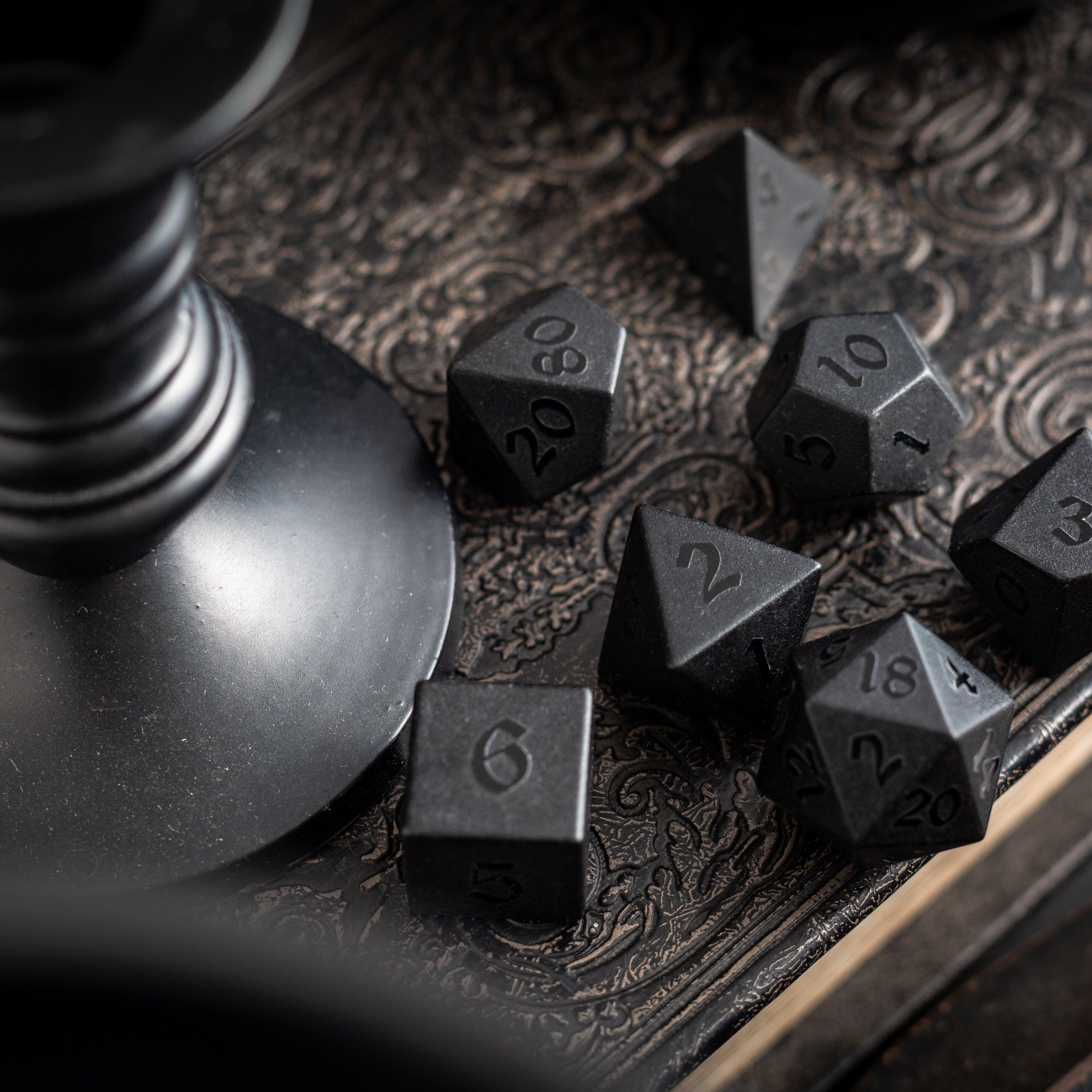
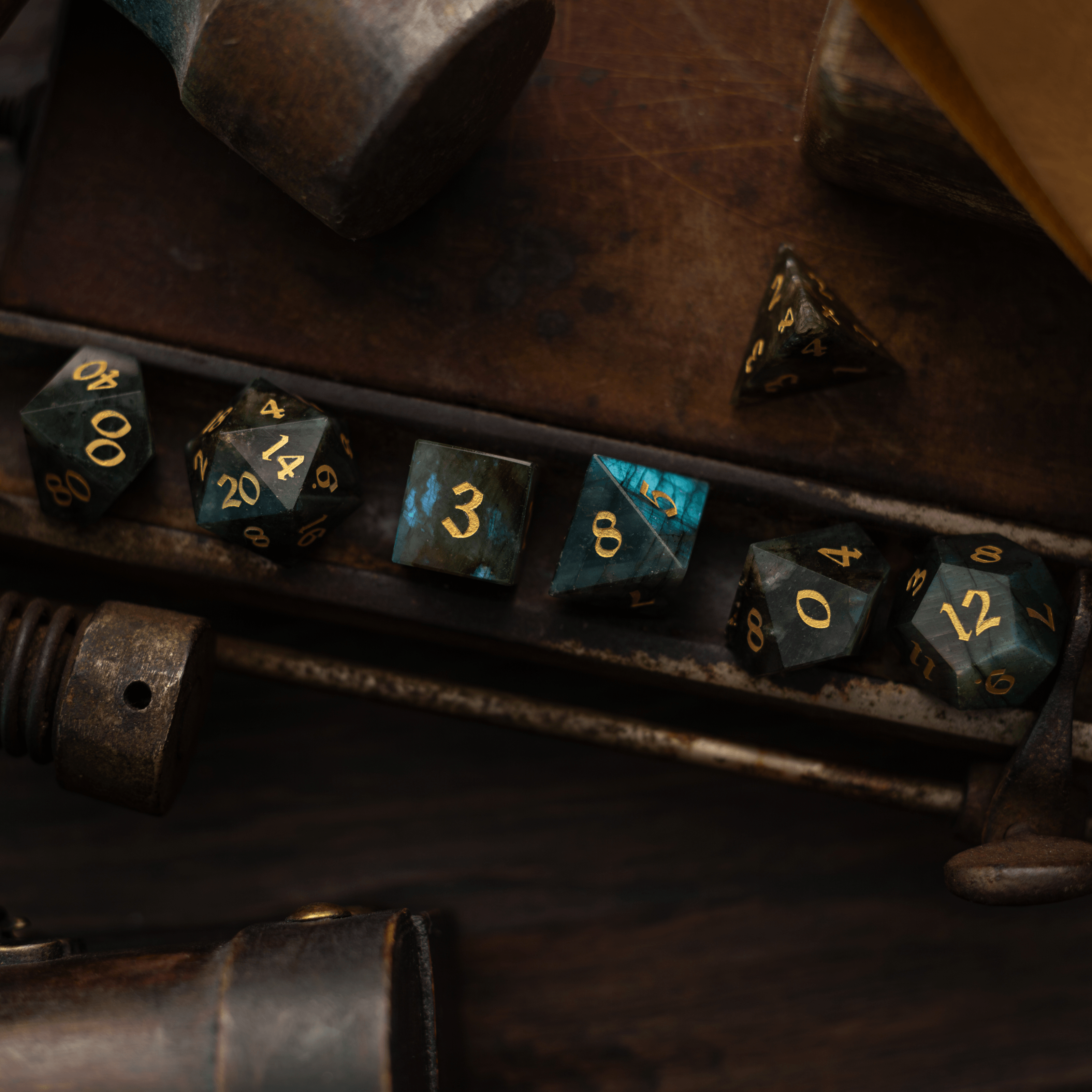
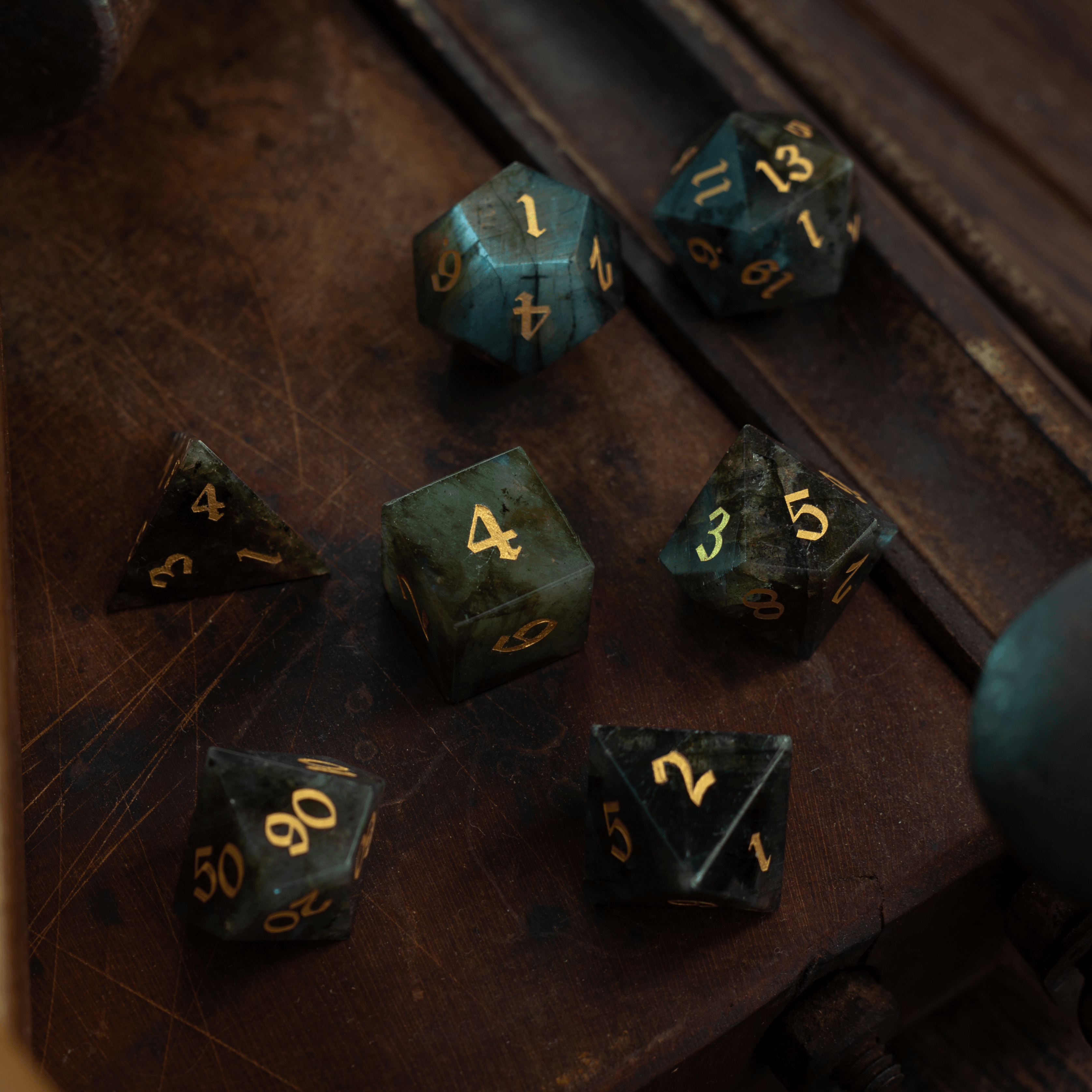
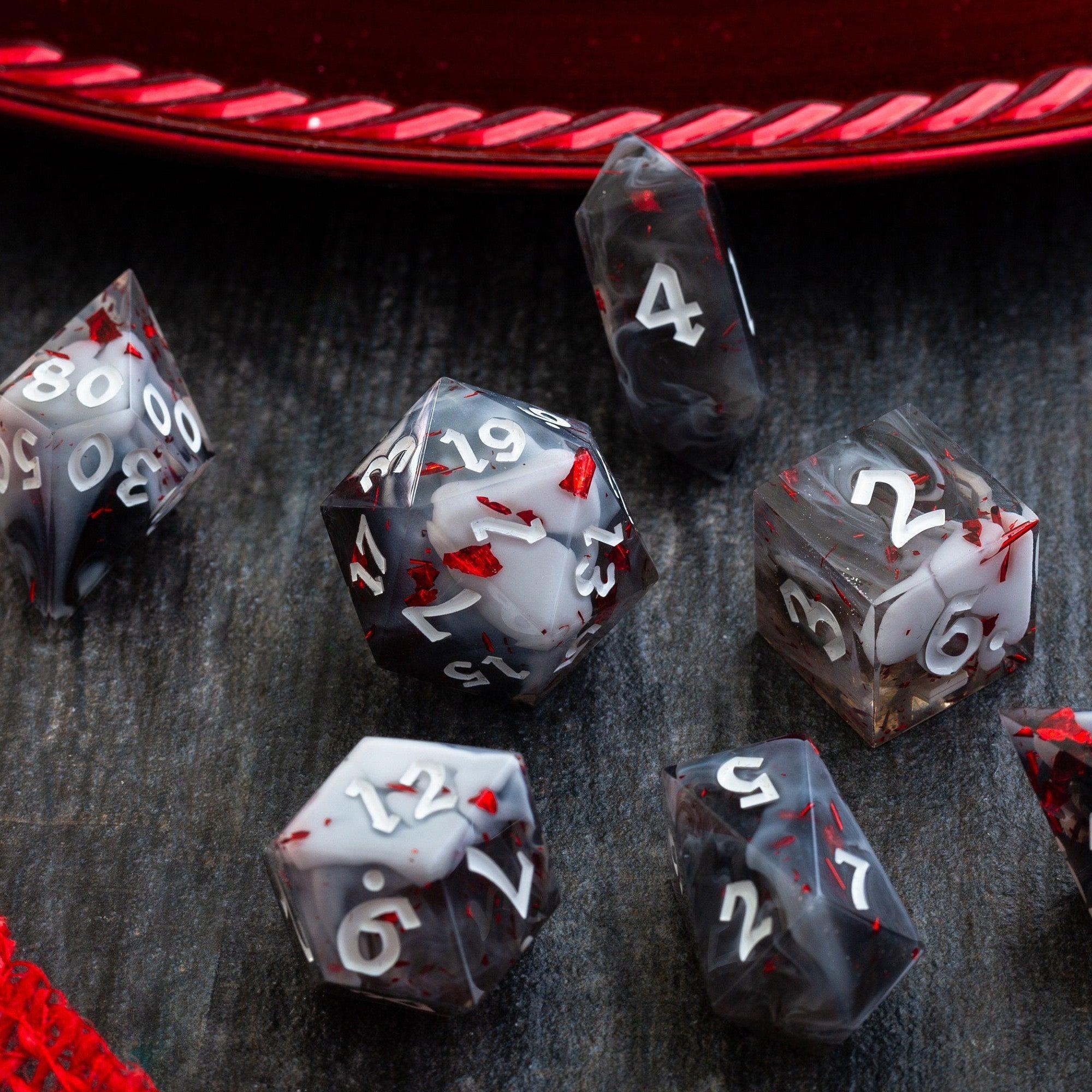
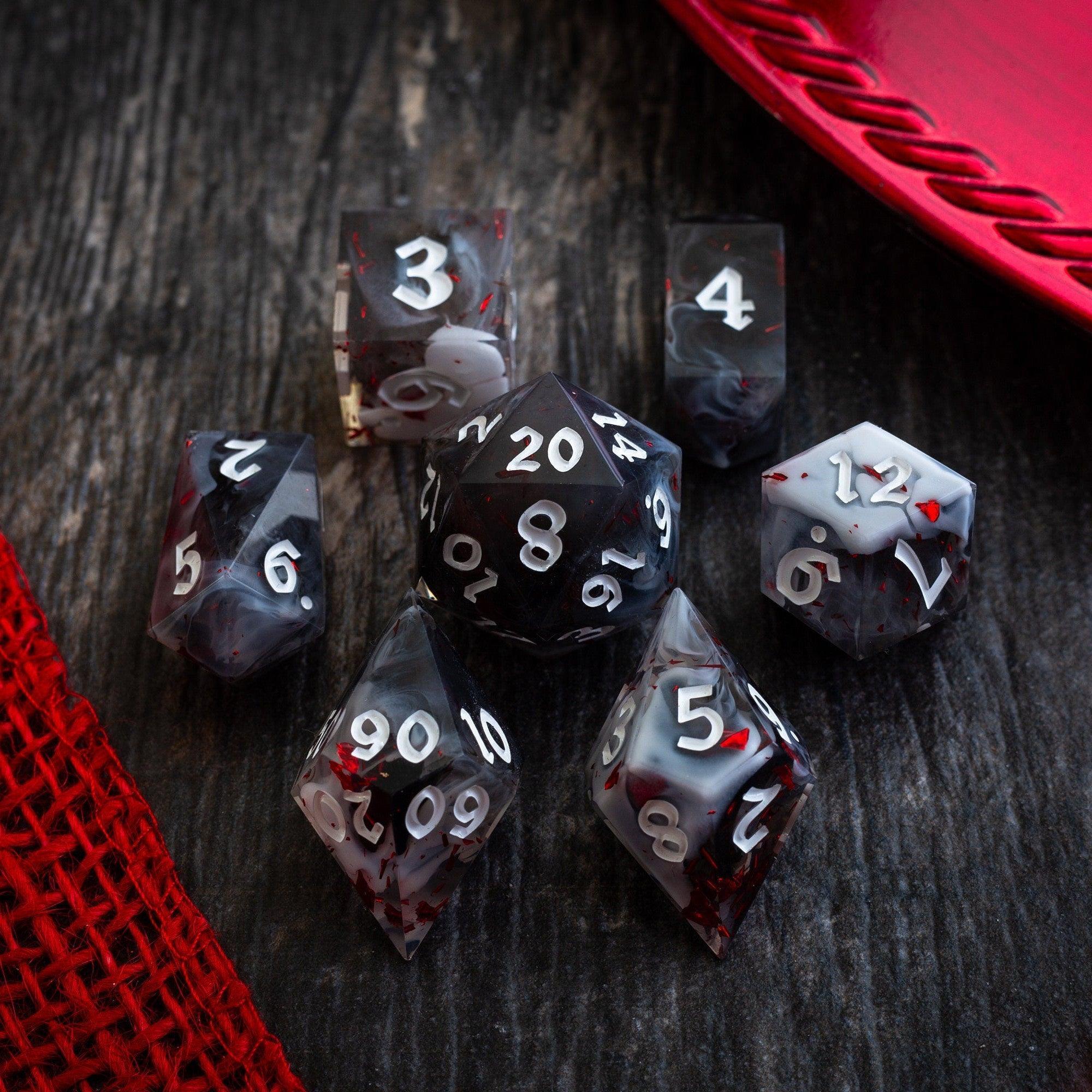
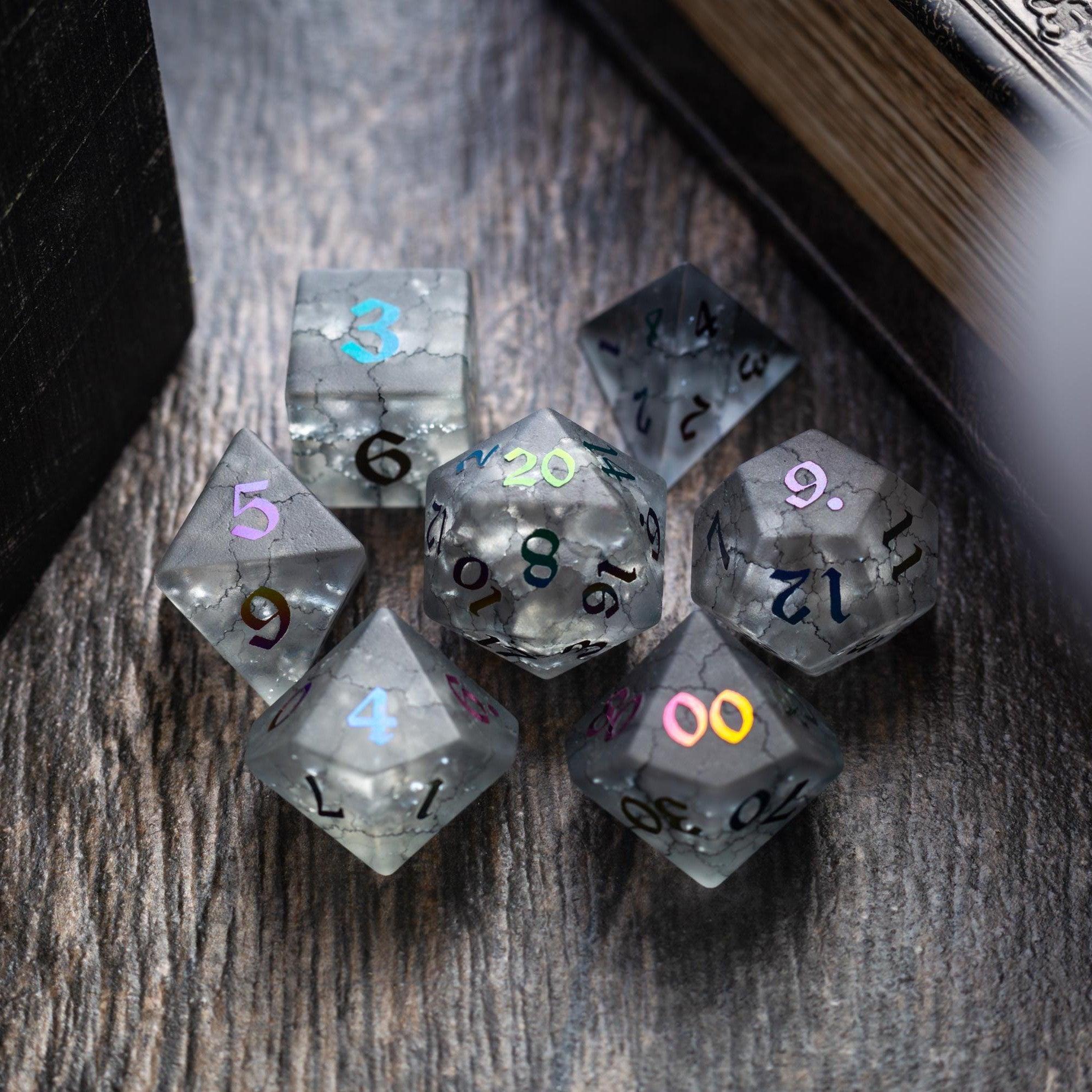
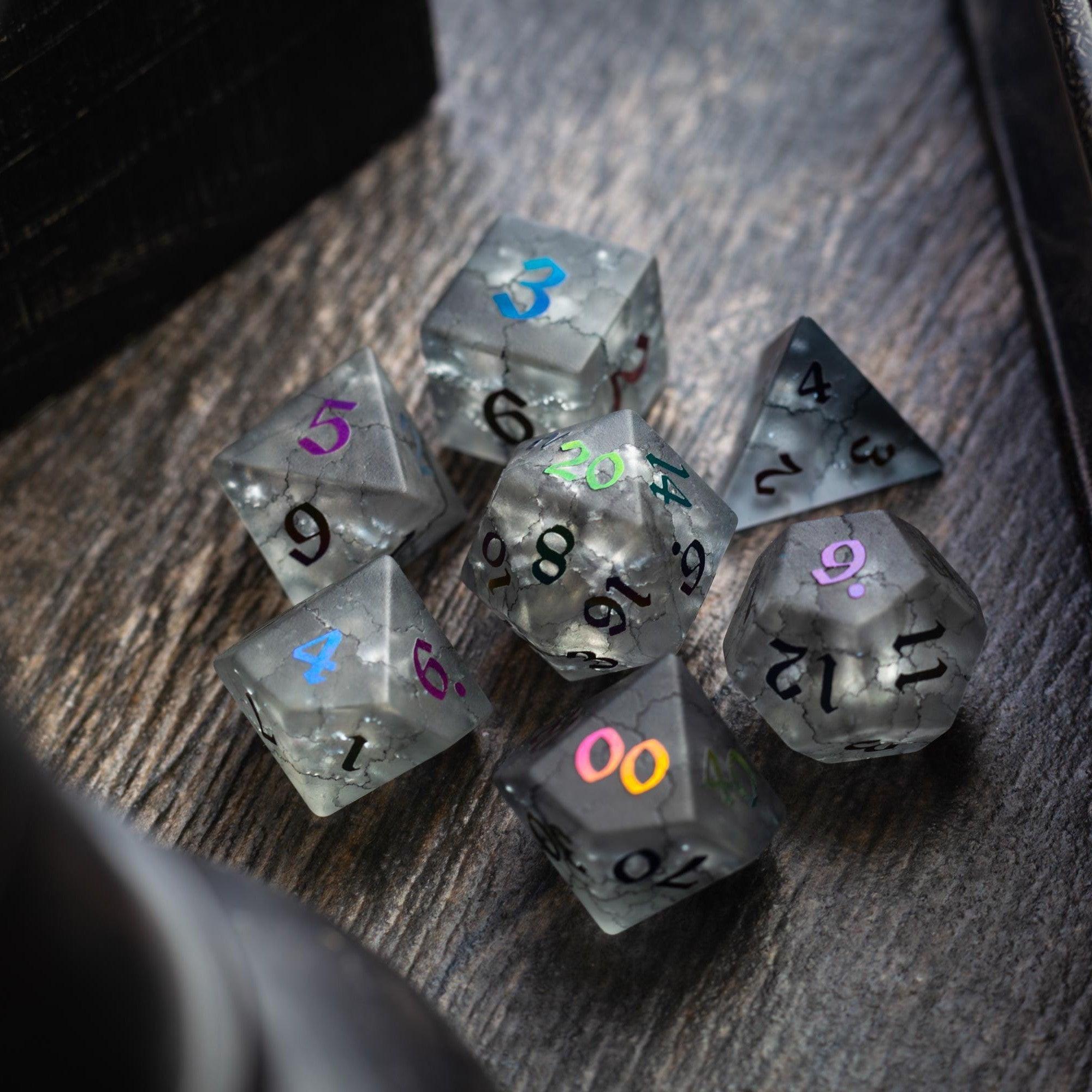
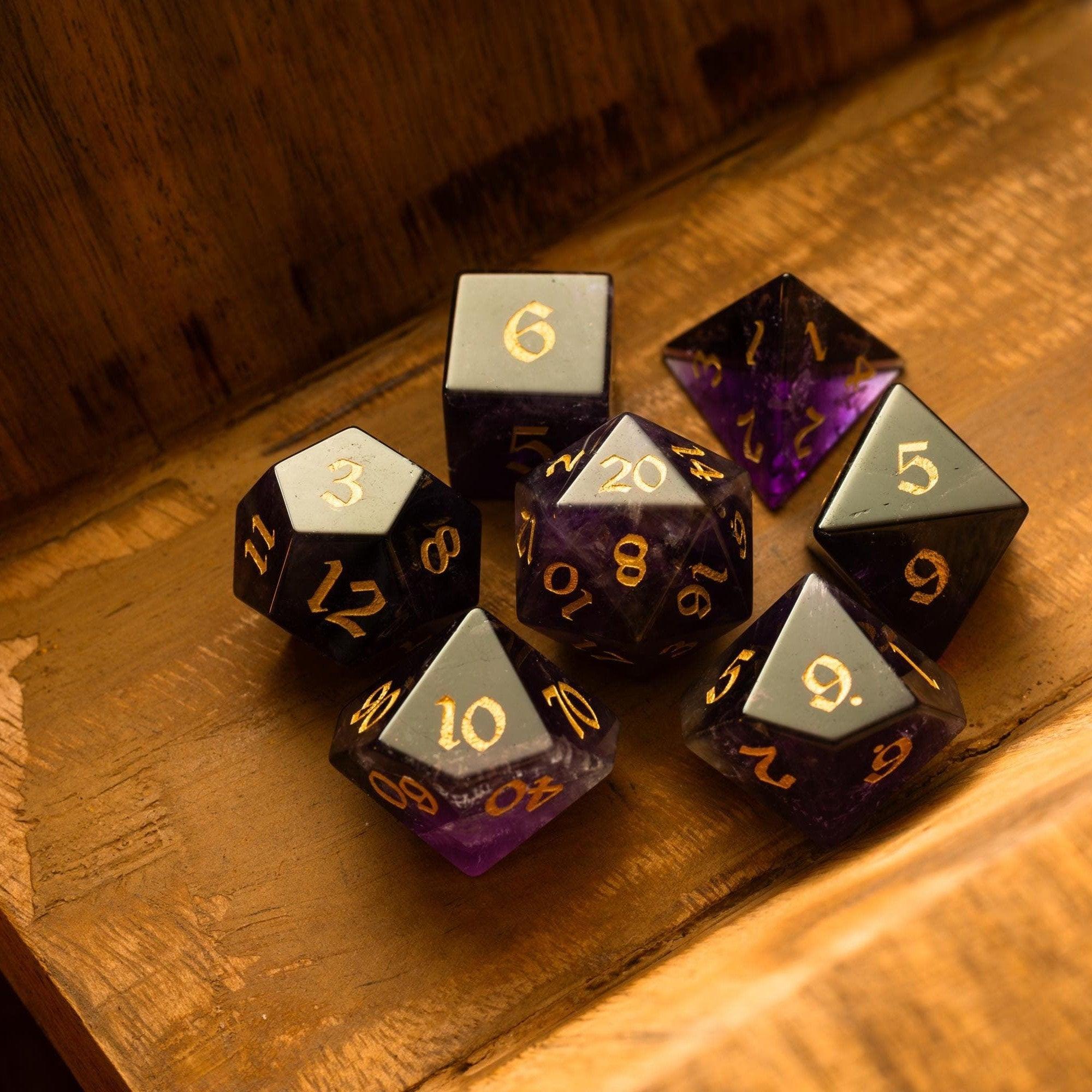
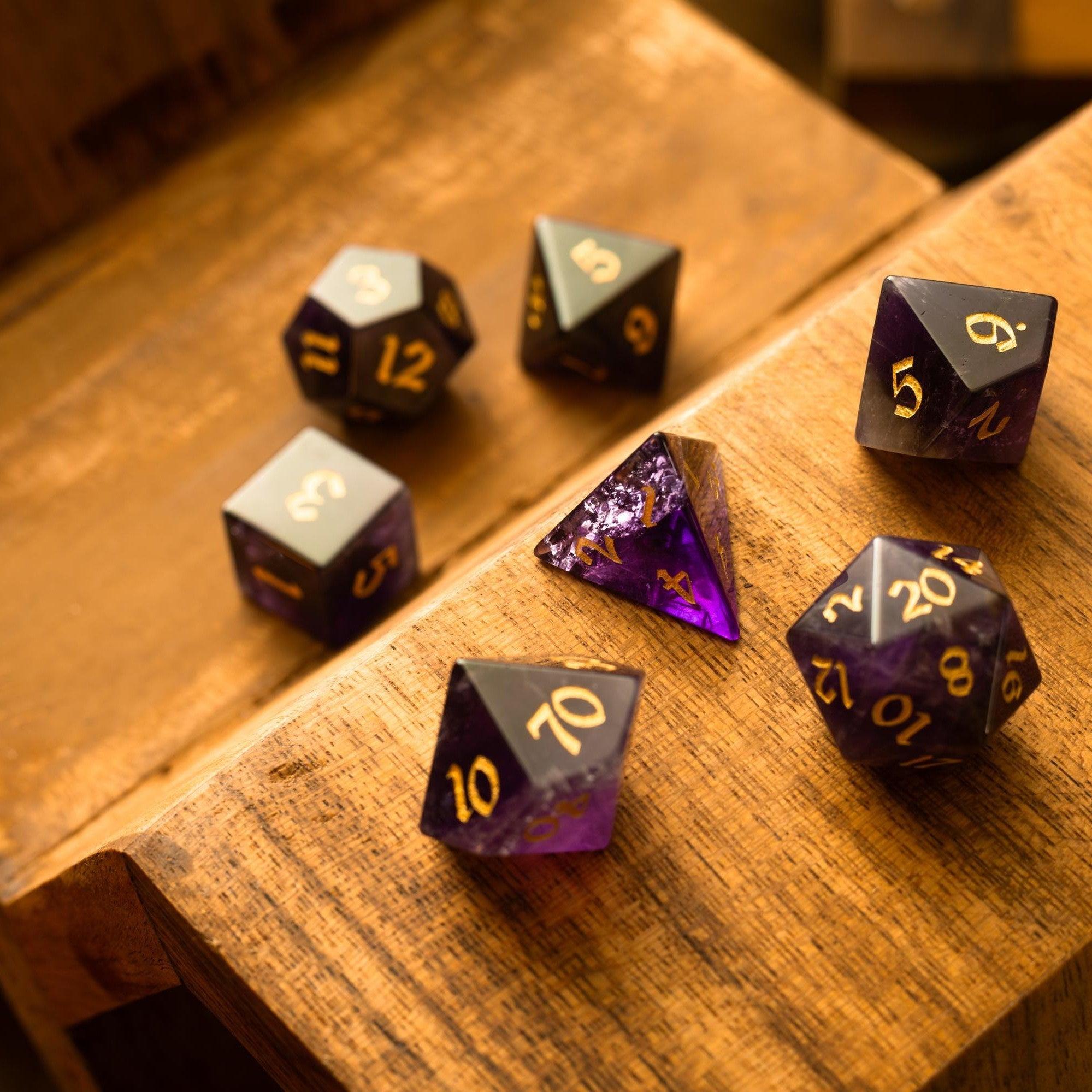
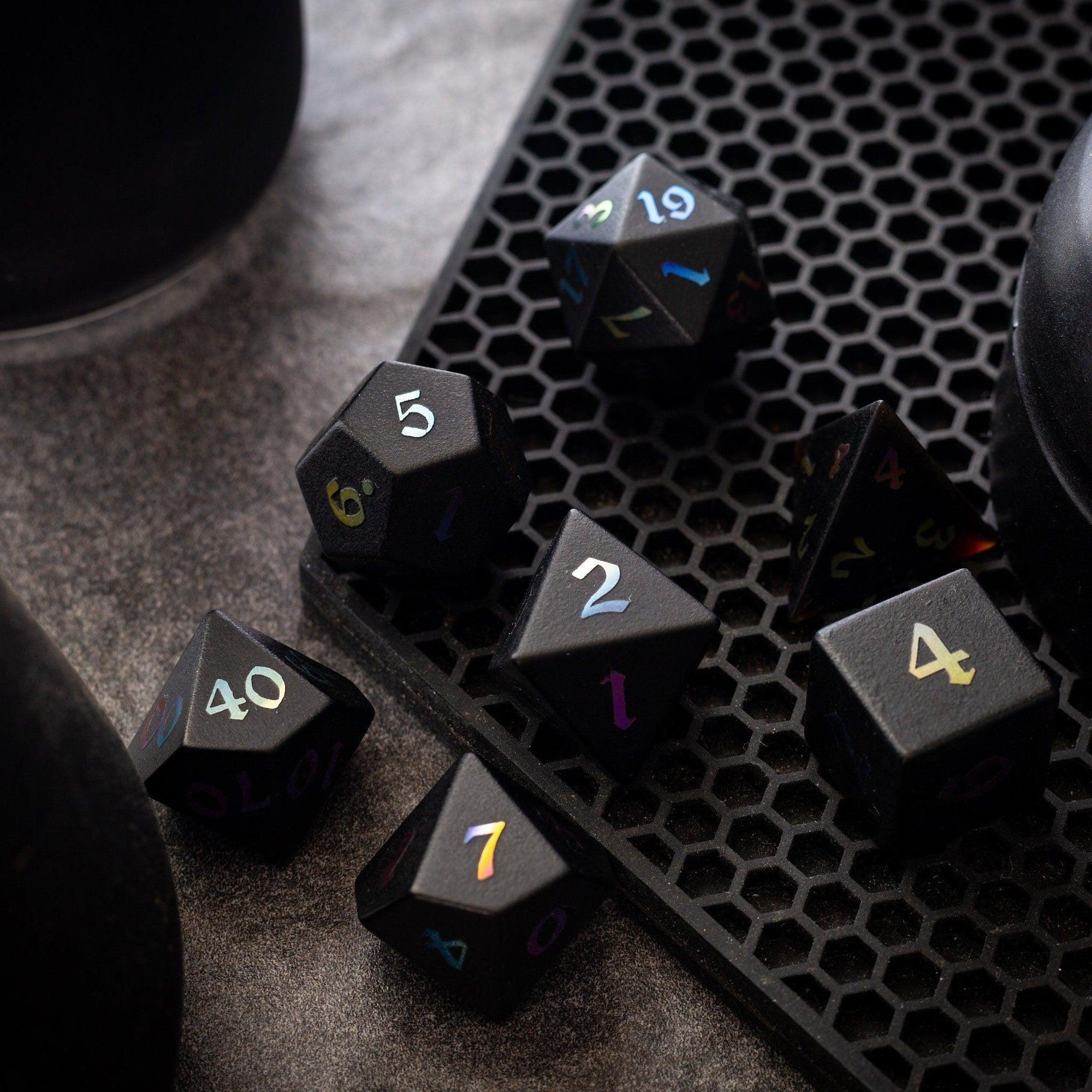
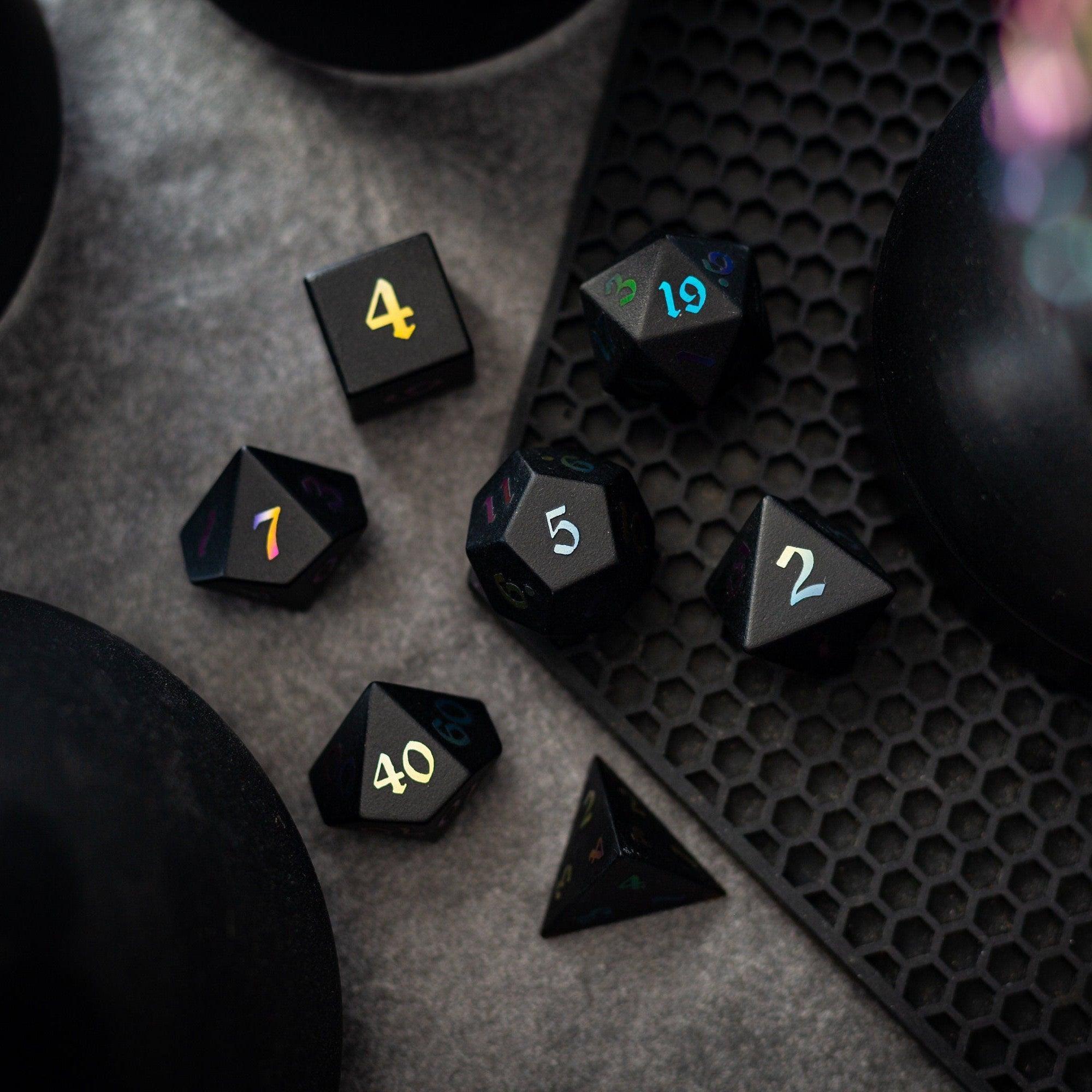
Leave a comment
This site is protected by hCaptcha and the hCaptcha Privacy Policy and Terms of Service apply.